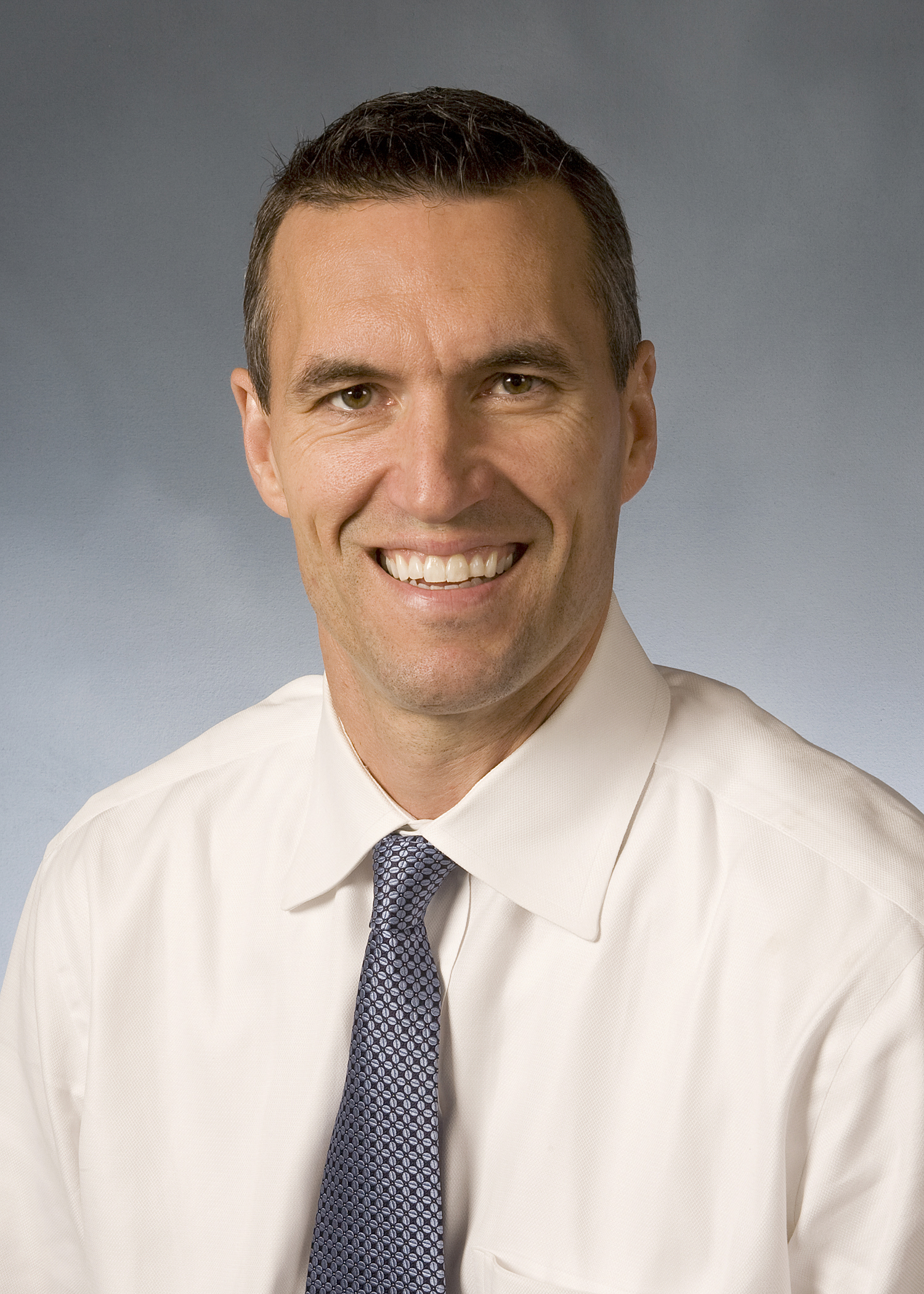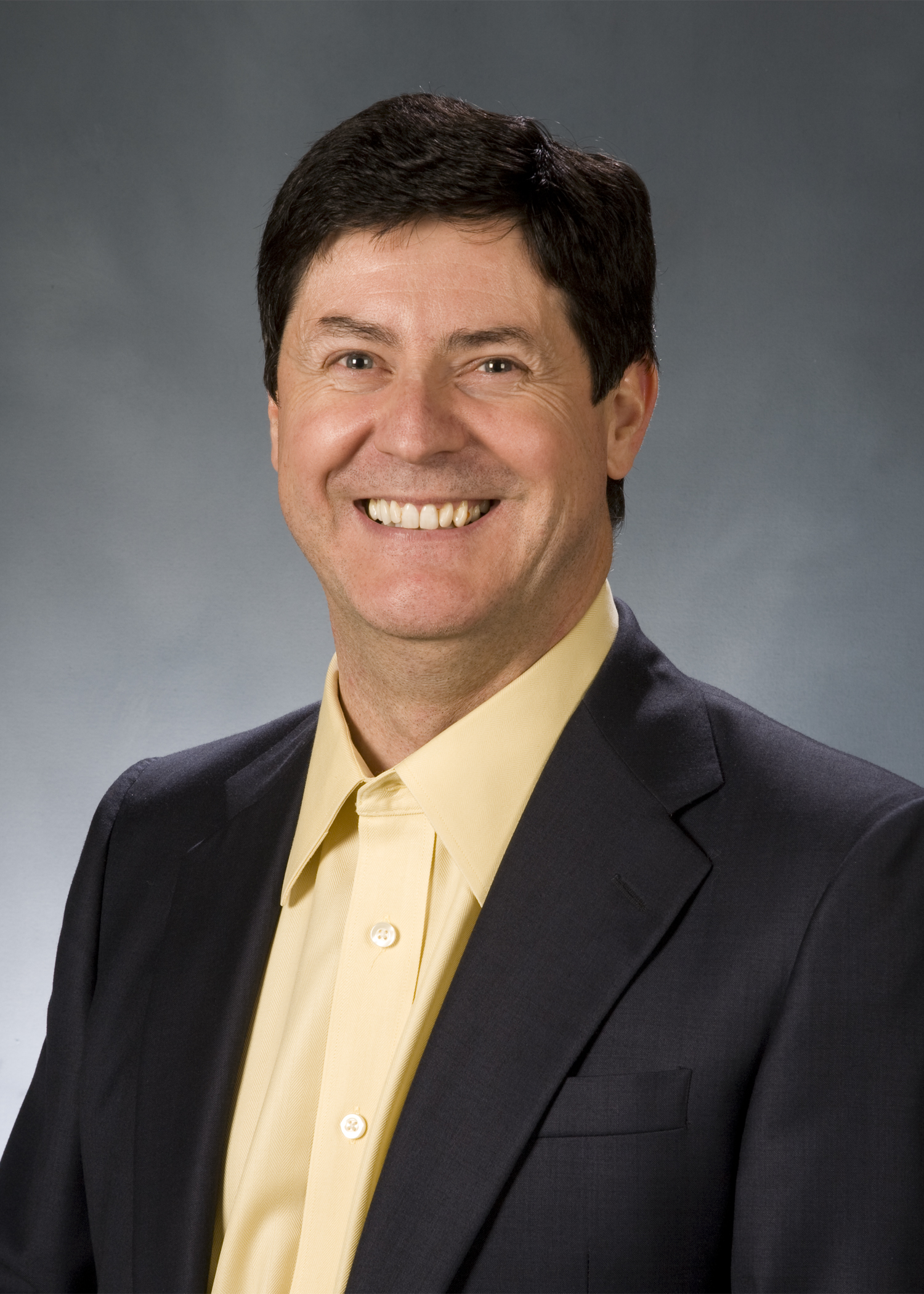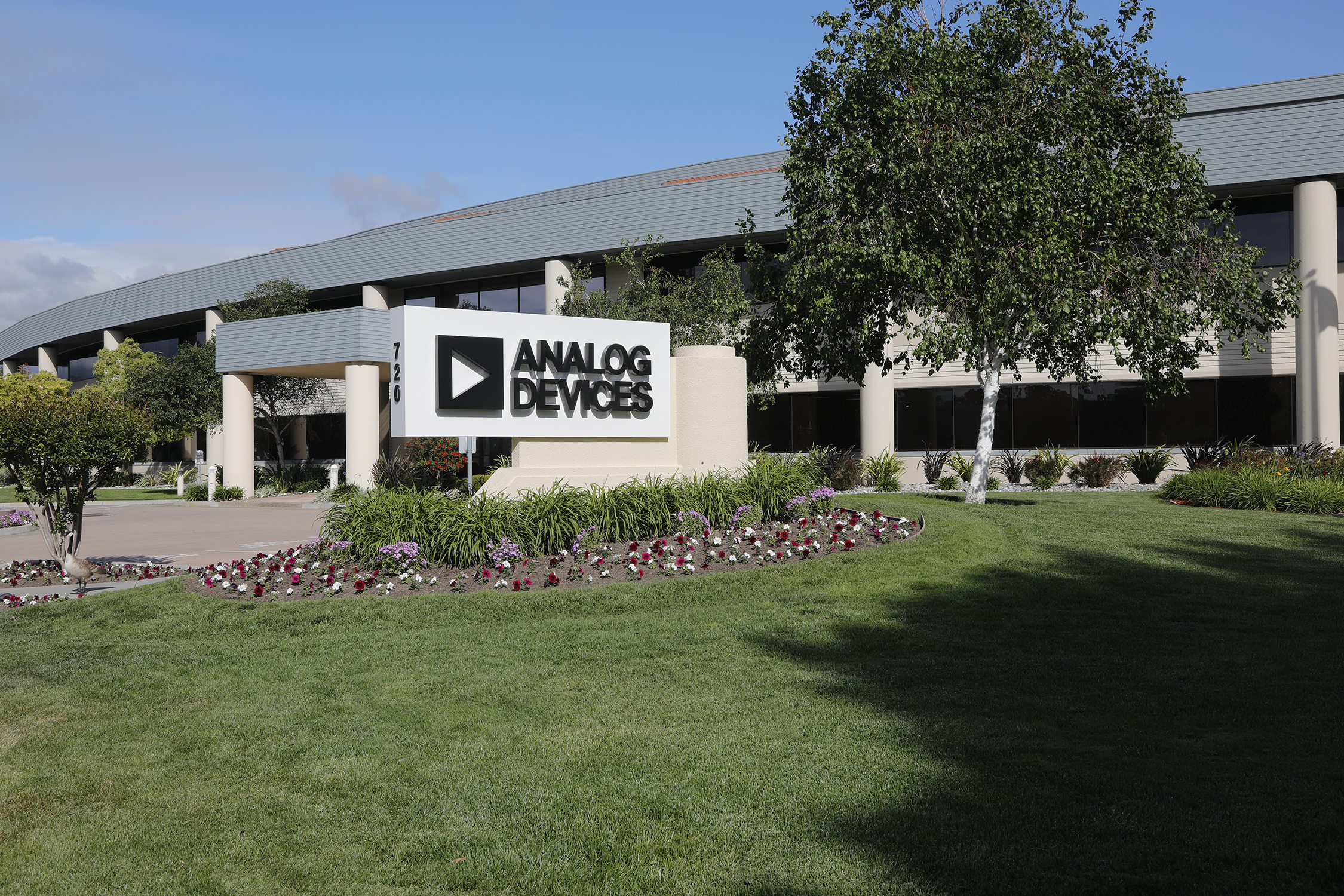A relationship update
Caroline Hayes visited the Californian home of Power by Linear to find out how the sub-brand is thriving in its relationship as part of Analog Devices.
Last summer, Analog Devices announced it was to buy Linear Technology. The $15bn deal was sealed in March 2017. The two companies had many similarities but were polar opposites in other respects. Analog Devices is over 50 years old and headquartered in Norwood, Massachusetts while Linear Technology came into being in 1981, a Silicon Valley startup that established itself in power conversion and power management technology.
I visited Analog Devices, California, to learn more about how the two companies were dovetailing their products, philosophies and technology to create a significant force in the power semiconductor market.
I met with Todd Reimund, vice president Digital Marketing and Sales Enablement and Tony Armstrong, marketing director, Power Products, Analog Devices and asked them about what ADI calls 'the merger of two equals' and the synergy between the two companies.
Todd reminds me that it is not necessarily a case of east (coast) meets west (coast). ADI has had a presence in Silicon Valley, with a small team in San Jose for over 30 years. There are cultural differences he concedes: Things happen quickly in the Bay Area . . . with start-ups defining the customer base, but mostly there is a synergy and shared customer focus.
 Todd Reimund: "Savings and efficiencies"
Todd Reimund: "Savings and efficiencies"
CH: Have there been significant changes at the Milpitas site since the acquisition?
Todd Reimund: Yes. Steve Pietkiewicz, formerly Linear general manager and vice president of S Power Products, was named senior vice president Analog Devices Power Products. Steve has reorganised the power product group into five business units.
The former Linear technology power parts will now be sub-branded 'Power by Linear' beneath the Analog Devices brand. I was LTC's director of corporate marketing, and Tony Armstrong is now director marketing for the Power by Linear sub-brand.
CH: Has the company realised savings or efficiencies through shared process technologies / R&D?
TR:Yes. Substantial savings and efficiencies are already contributing to the bottom line.
CH: Have all of the Linear manufacturing, assembly and test facilities been incorporated into the 'new' ADI?
TR: Yes. And former LTC chief operating officer, Alex McCann has been named vice president of Linear Operations reporting into the senior vice president of Global Operations and Technology.
What have they added to ADI's capabilities and market offering? As you know, Linear Technology is very big in power conversion and management products whereas ADI's power product line is a lot smaller. With the new combination, ADI has strengthened its position as strong marketing player in both signal chain and data converters, as well as power. As a result, our customer base has a broad offering of both high-performance analogue and digital products from which to select.
CH: Have all of the design centers been retained? What capabilities and strengths have these brought to ADI?
TR: Yes. All 13 of the LTC design centers have been retained
CH: How have the two sites dovetailed to produce today's Analog Devices?
Tony Armstrong: ADI West, which includes the Milpitas campus, has emerged as the center for power products.
CH: Are there examples of 'cross pollination' development between design teams that you can share with us?
 Tony Armstrong: "Immediate benefits identified on day one"
Tony Armstrong: "Immediate benefits identified on day one"
TA: Yes. Immediate benefits were discovered on day one of the merger. LTC was high performance, and not cost-driven, which is similar to the data conversion and signal chain side of ADI, although ADI also has system integration which adds value. Combined, it is a strong company, with resources and expertise to stretch analogue for component and value chain and [ADI's] 'up stack'. Both have technical acumen and a 'do the hard stuff' approach.
The trick was how to combine the two without destroying the culture, performance and achievements - which partly led to Power by Linear, to assure the customer base that the product acumen is still there.
Now, the signal chain and data converter groups get an insight and are not playing catch-up for larger system architectures. We get an insight into understanding the power tree and develop products for what's new two to three years from now. We have visibility ahead of the curve and can suggest options to optimise a design: instead of a diving catch, we can be a guiding light
A combined sales force is integrated for greater reach.
TR: Field application support means a good relationship with our customers. It's going to be very fruitful.
With over half of our business through distribution there are now additional resources, as we extend the resources, working synergistically with more reach.
TA: LTC invested 18% in R&D and ADI was a similar amount, showing that the strengths of both are that they are engineering driven.
CH: In the automotive market, how has the acquisition strengthened AD's portfolio?
TA: ADI already had a strong offering in the automotive market. The acquisition added the Power portfolio of automotive devices which represented well over 20% of LTC's sales.
 ADI Milipitas, California campus
ADI Milipitas, California campus
CH: For the industrial sector, how has ADI integrated the power management, wireless sensor networks and other Linear Tech assets, to increase its product offering?
TA: The Industrial sector represents a significant opportunity for both legacy ADI and legacy Linear product lines. Our combined knowledge of both the analogue and digital content commonly found in industrial equipment represents a large potential for the synergistic selling of our combined product offerings from a larger sales force.
CH: Can you comment on how the power management portfolio is being integrated into a new generation of medical devices?
TA: Legacy Linear products have routinely been used in medical equipment. Examples include CAT-scan machines, X-ray equipment, endoscopes and drug delivery systems; to mention but a few. However, new opportunities are arising for our power management products in remote patient monitoring systems for the home, as well as sleep apnea machines, blood analysers, as well as a broad range of portable diagnostic equipment.
CH: How will you be marking the first anniversary in March?
TA: We're too busy to think about it.











